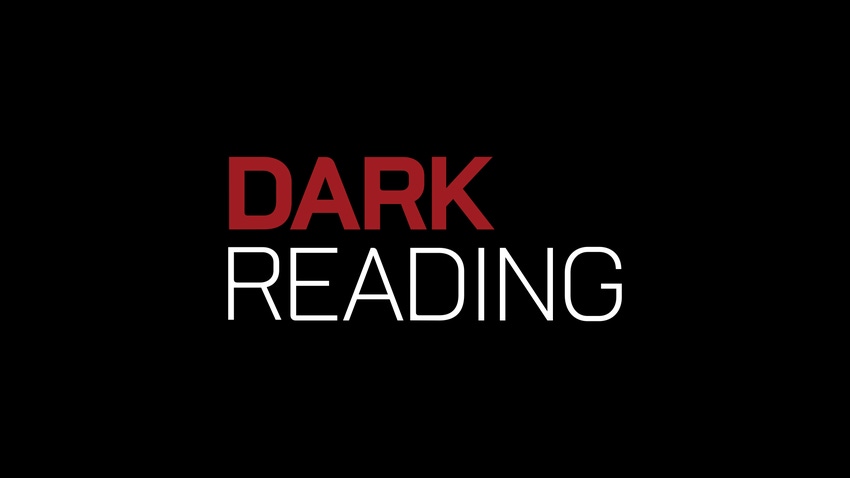Microsoft Patch Tuesday Fixes Six Critical Bugs
Microsoft issues patches for an unusual number of critical vulnerabilities that encompass the company's entire software ecosystem.


10 Hidden Benefits of Windows 8.1
10 Hidden Benefits of Windows 8.1 (click image for larger view)
Microsoft has been focusing on Windows 8 lately, but there are numerous versions of Windows in use and the company can't ignore them. On Tuesday, Microsoft will release an unusually high number of critical patches for almost all of them.
July's Patch Tuesday includes fixes for six critical flaws, all of which involve remote execution bugs that could allow attackers to take control of a user's machine. The affected platforms and software includes not only all currently-supported versions of Windows, but also all Internet Explorer versions from IE 6 onward, as well as Office, Lync, Visual Studio, Silverlightand Microsoft's .NET framework. If you use any Microsoft product from the last several years, in other words, you probably need at least some of the patches.
Two of the critical exploits require that machines be restarted. Some versions of Windows are more vulnerable than others without a given patch, meaning that some of the updates designated as "critical" overall are downgraded for specific platforms. Nonetheless, all versions of Windows are afflicted by multiple high-priority exploits.
[ Microsoft is moving more quickly to fix problems. Read Microsoft Releases First Windows 8.1 Fixes. ]
Microsoft has also prepared a seventh patch, which it classified as "important." It addresses a vulnerability in Windows Defender, the platform's pre-installed security software.
The large batch of critical fixes has raised eyebrows in the security community. In a blog post, Paul Ducklin, head of technology at security vendor Sophos, advised businesses to get their "operational ducks in a row," adding that the patches are unusually broad. Windows Server Core, for example, is usually excluded from Patch Tuesdays because its stripped-down feature set offers a "significantly reduced attack surface area." It's therefore notable that July's updates include a Windows Server Core 2012 reboot, Ducklin wrote.
Paul Henry, a security and forensic analyst at security tools firm Lumension, similarly told The Guardian that this month's patches constitute "one of the uglier releases we've seen from Microsoft this year." Graham Cluley, a senior technology consultant with Sophos, channeled the hacker vernacular to describe the threat, warning in a blog post to "patch before you're pwned."
IT managers, in short, should be on alert.
The updates are expected to address a somewhat controversial exploit reported in June by Google researcher Tavis Ormandy. Ormandy discovered a zero-day vulnerability linked to the kernel for all editions of Windows from Windows 2000 to the present. The Google researcher, who had previously criticized Microsoft as "difficult to work with" reported the bug privately but waited only a few days before publishing his findings online.
Some security professionals have cried foul, arguing that Ormandy's public disclosure was unethical because it left Microsoft too little time to develop a fix and, in effect, gave malware authors a dangerous head start.
Security firm Secunia determined that the bug is only semi-urgent. Still, the firm noted that attackers could use the vulnerability to gain escalated privileges, or to hijack a machine for a denial-of-service attack. Tod Beardsley, a security researcher with Metasploit, noted in a blog, however, that this sort of local exploit provides a foundation for more damaging attacks.
Read more about:
2013About the Author(s)
You May Also Like
Key Findings from the State of AppSec Report 2024
May 7, 2024Is AI Identifying Threats to Your Network?
May 14, 2024Where and Why Threat Intelligence Makes Sense for Your Enterprise Security Strategy
May 15, 2024Safeguarding Political Campaigns: Defending Against Mass Phishing Attacks
May 16, 2024Why Effective Asset Management is Critical to Enterprise Cybersecurity
May 21, 2024
Black Hat USA - August 3-8 - Learn More
August 3, 2024Cybersecurity's Hottest New Technologies: What You Need To Know
March 21, 2024




